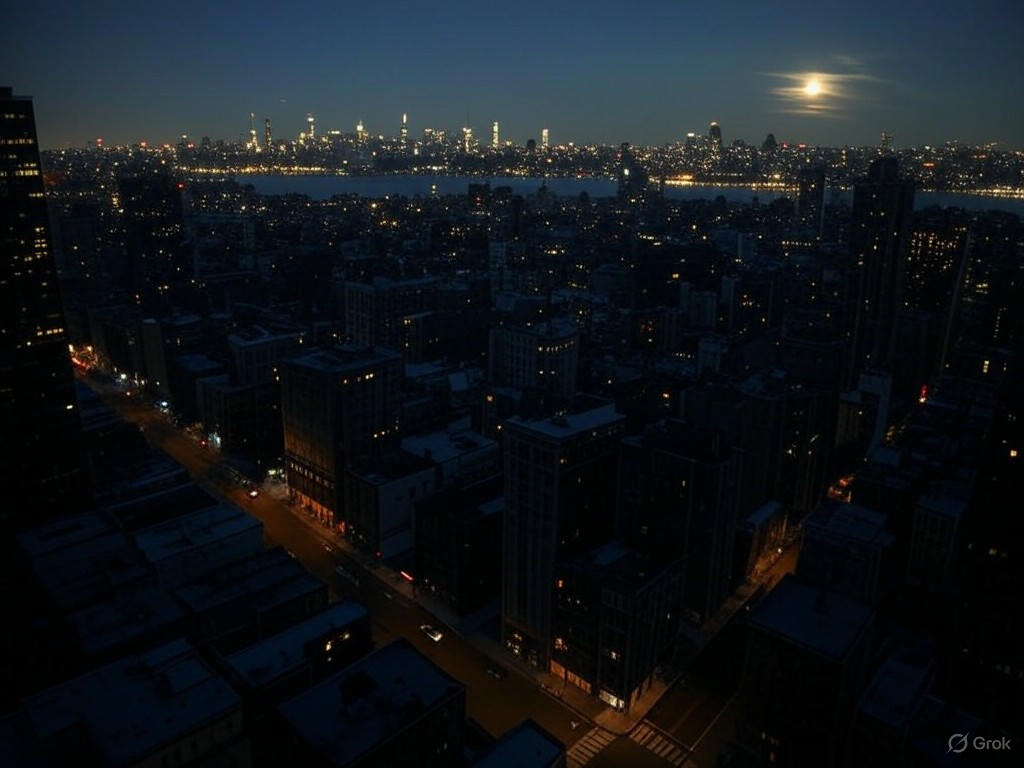Scorching Summer: NYC Blackout Highlights Power Grid Vulnerabilities
As summer temperatures soar to unprecedented heights across the eastern United States, the fragility of the nation’s power infrastructure has been laid bare. In New York City, a sweltering heatwave recently pushed the grid to its limits, resulting in a significant blackout in parts of Queens. The local utility company urgently called on residents to curb electricity usage, highlighting the intense strain caused by the relentless heat. With air conditioners running at full blast and energy demand spiking, the incident serves as a stark reminder of the challenges faced by aging power systems in coping with extreme weather conditions.
The Queens blackout is not an isolated event but part of a broader struggle across the eastern US, where scorching temperatures have tested the resilience of electrical grids. Utility providers are grappling with a surge in demand as households and businesses crank up cooling systems to combat the heat. In many areas, the infrastructure—much of it decades old—was not designed to handle such sustained stress. Experts warn that without significant upgrades, these systems risk further failures during peak usage periods. The situation in NYC underscores a growing concern: as climate change drives more frequent and intense heatwaves, the reliability of power supply becomes increasingly uncertain.
Beyond the immediate inconvenience of blackouts, there are deeper economic and societal implications. Businesses in affected areas of Queens faced disruptions, with some forced to close temporarily due to the power outage. Residents, particularly the elderly and vulnerable, were left without essential cooling during dangerously high temperatures, raising health and safety concerns. The financial cost of such interruptions, both for utilities and the communities they serve, is substantial. Moreover, the incident has reignited debates over energy policy and the urgent need for investment in modern, sustainable infrastructure. Renewable energy sources and smart grid technologies could offer long-term solutions, but implementing these changes requires time, funding, and political will—resources that are often in short supply.
As the summer progresses, the pressure on power grids is unlikely to ease. Meteorologists predict that above-average temperatures will persist, keeping energy demand at critical levels. For now, utilities are urging conservation measures, such as adjusting thermostats and limiting the use of high-energy appliances during peak hours. However, these are temporary fixes to a systemic problem. The Queens blackout is a wake-up call for policymakers, utility companies, and the public alike. It highlights the pressing need to prioritize grid modernization and climate resilience to prevent future crises. If left unaddressed, the combination of rising temperatures and outdated infrastructure could lead to more frequent and severe disruptions, with far-reaching consequences for millions of Americans. The time to act is now, before the next heatwave pushes the system beyond its breaking point.


